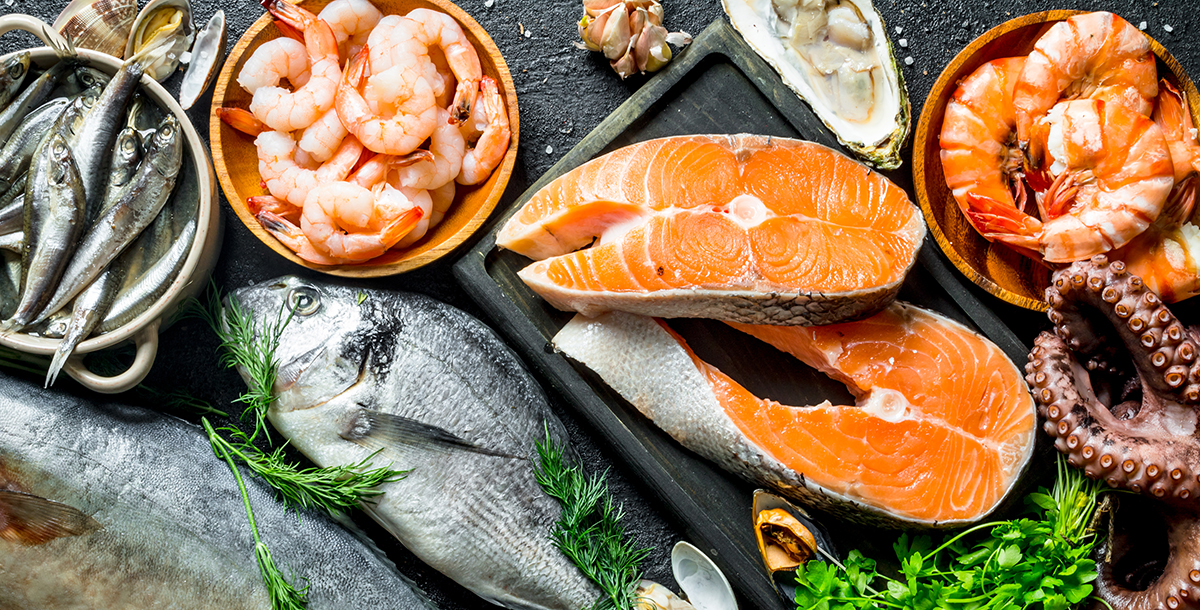Media release
From:
Good progress has been made on the seafood traceability project funded by the Commonwealth Department of Agriculture, Water and Environment.
The project will deliver on-the-ground traceability for the seafood supply chain using portable x-ray fluorescence (XRF) technology, being pioneered by ANSTO in collaboration with UNSW, Macquarie University, the Sydney Fish Market, NSW Department of Primary Industry Fisheries and the National Measurement Institute.
“The major focus of the first year was to test the efficacy of a handheld XRF for seafood analysis and develop an analytical protocol for it,” said Dr Debashish Mazumder, Project Lead for Food Provenance at ANSTO.
Recent research suggests that the portable XRF is an appropriate analytical technique for determining seafood provenance at external sites.
Olympus Australia loaned ANSTO the portable XRF to repurpose the instrument for the analysis of seafood samples.
Mazumder said he was pleased with work so far.
“A full-body scan determined that the element signatures were consistent across the length of the prawn and between most key elements from the handheld XRF and the lab-based ITRAX micro-XRF scanner.“
A new post-doctoral researcher engaged to support the research team in achieving milestones, Dr Jasmine Martino, measured samples using both technologies.
“Senior ITRAX analyst Patricia Gadd supervised the ITRAX measurements, which have been crucial to our investigations,” said Mazumder.
“The prediction accuracy from the data generated by the portable XRF using one of the computations models was approximately 87 per cent, which suggests that the portable XRF is an appropriate analytical technique for determining seafood provenance at external sites,” said Mazumder.
He added that these results are based on initial-stage classification models and a more sophisticated machine learning-based model was currently being developed as part of the larger seafood provenance work by project member PhD student Karthik Gopi.
Other ANSTO team members include Dr Jagoda Crawford and Dr Armand Atanacio supported the computational methods and ion beam analysis respectively.
Dita Malo, an Honours student from UNSW has been engaged to collect measurements of tiger prawns. She is jointly supervised by ANSTO, UNSW and Macquarie University team members involved in the seafood provenance research.
Tiger prawn sample collection included 320 individual prawns from authentic sources, representing 10 separate farms and 4 wild-caught ocean regions.
“Our seafood provenance steering committee met at the Sydney Fish Markets in April to discuss the collection of authentic samples for the development of the fingerprint database and updated members on progress to date,” said Mazumder.
The fingerprint database can be used to verify the source of seafood.
Those in attendance included Greg Dyer, CEO of the Sydney Fish Market, who agreed to help with the provision of seafood samples for the project. Dr Karina Meredith, Acting Leader, Environment, represented ANSTO at the steering committee meeting.
Key members of the ANSTO and UNSW team, including A/Prof Jes Sammut, also met with Department of Primary Industries Fisheries representatives including Dr Wayne O'Connor, Aquaculture Research Leader and Dr Michael Dove in June for similar discussions.
The Department of Primary Industries Fisheries have agreed to coordinate the supply of authentic oysters from a range of locations of economic importance across Australia for the development of fingerprint database.
Similarly, Tuna Australia, an important stakeholder in this project, has agreed to provide tuna samples from various parts of the tuna fishery network.
About 27 yellowfin tuna samples from four distinct geographical locations in Australia have already been collected for the fingerprint database.



 Australia
Australia



